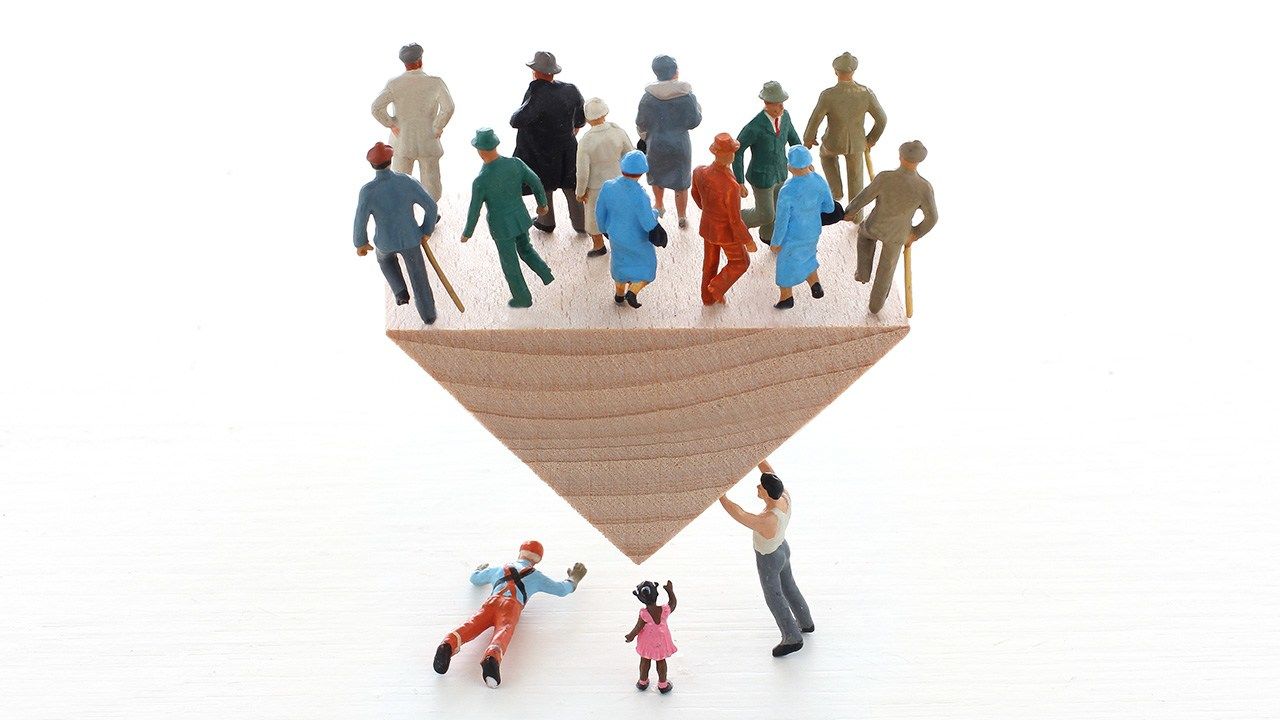
Japan’s Population Decline: Northern Prefectures See Largest Decrease in 2022
Society- English
- 日本語
- 简体字
- 繁體字
- Français
- Español
- العربية
- Русский
An estimate published by Japan’s Ministry of Internal Affairs and Communications shows that the total population as of October 1, 2022, was 124,947,000. This was a drop of 556,000 (0.44%) from the previous year. It is the twelfth consecutive year that the population decreased. The natural population decline, calculated by subtracting births from deaths, reached a record high of 731,000, rising for the sixteenth year running. There was a net increase in immigration, bouncing back after a decrease in 2021, with 175,000 more people entering Japan than leaving it.
By prefecture, the population only increased in Tokyo, with decreases in all the remaining 46 prefectures. Okinawa’s population fell for the first time since its reversion to Japanese sovereignty in 1972. In 14 prefectures, the rate of population decline was more than 1%, including Akita (-1.59%), Aomori (-1.39%), and Iwate (-1.32%), all in the north of Japan.
By age group, the working population, consisting of people aged 15 to 64, stood at 74,208,000; a year-on-year decrease of 296,000. Accounting for 59.4% of the total, this was the same as the previous year and remained the lowest ever percentage, based on statistics since 1950. Meanwhile, the senior population aged 65 and over, increased by 22,000 year-on-year to 36,236,000. This cohort is 29.0% of the total population, which is the highest percentage on record. Within that range, people aged 75 years or older increased by 691,000 to 19,361,000, or 53.4% of Japan’s senior population.
(Translated from Japanese. Banner photo © Pixta.)


